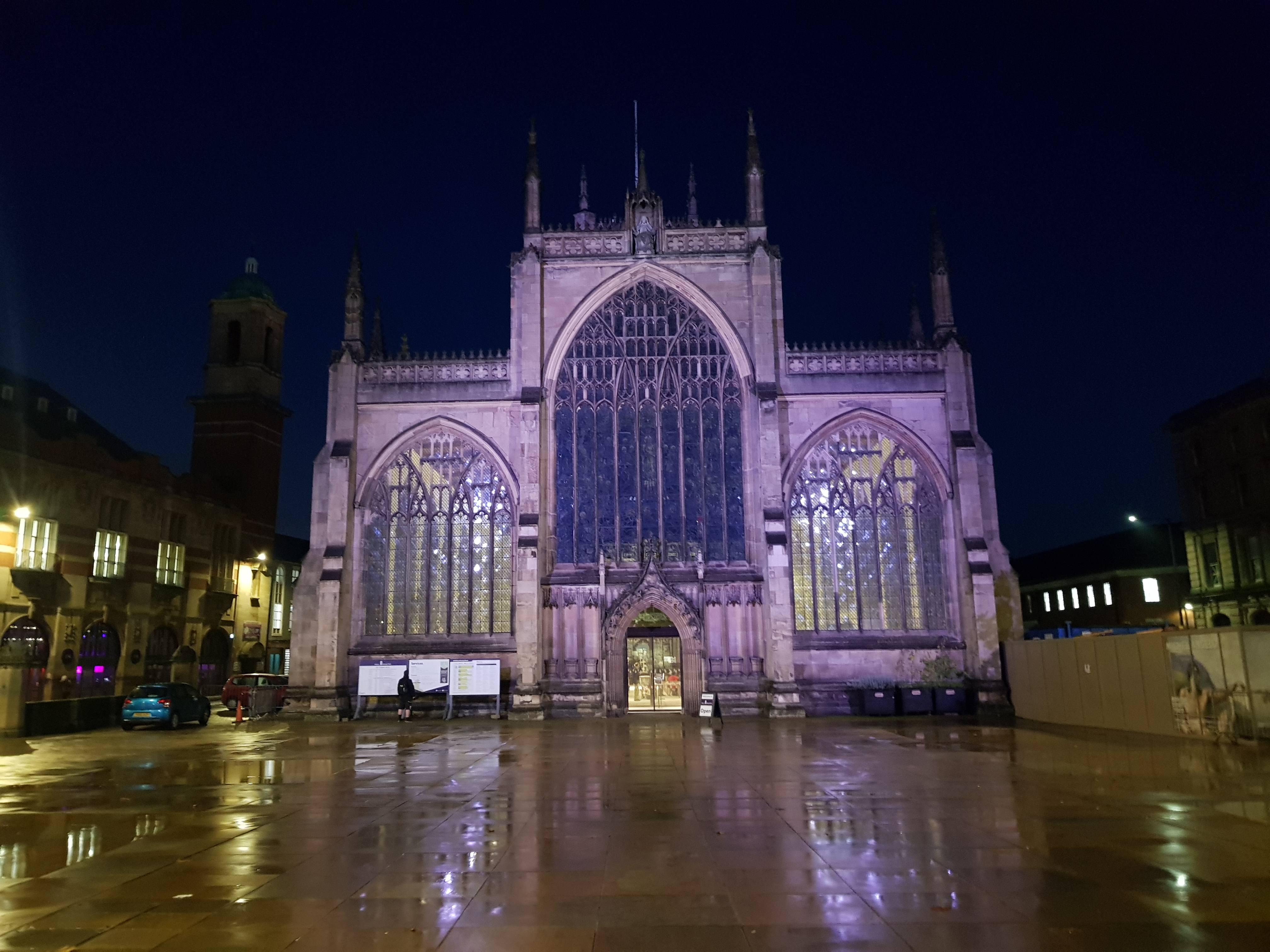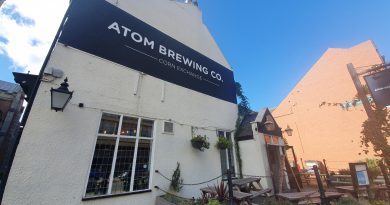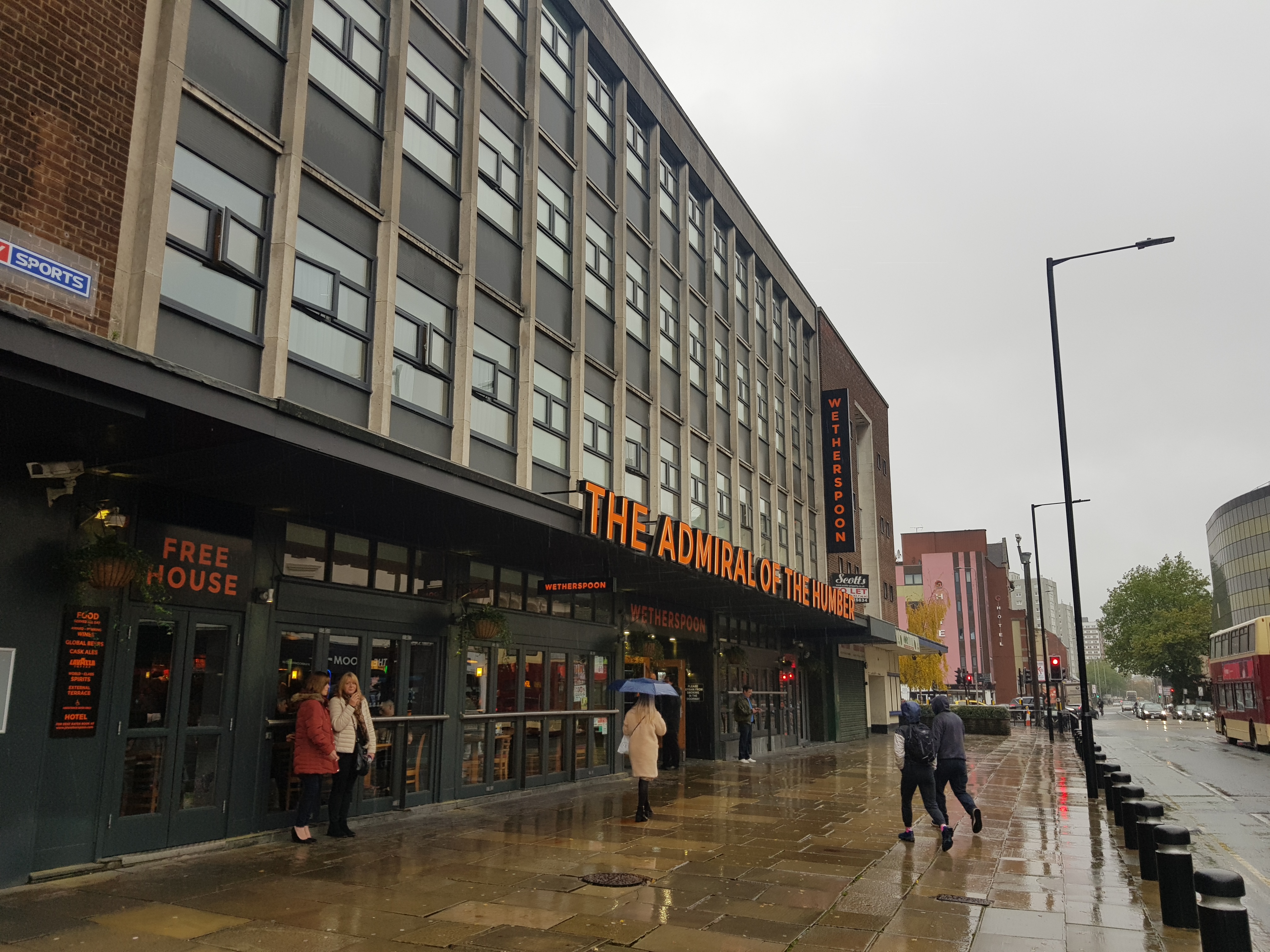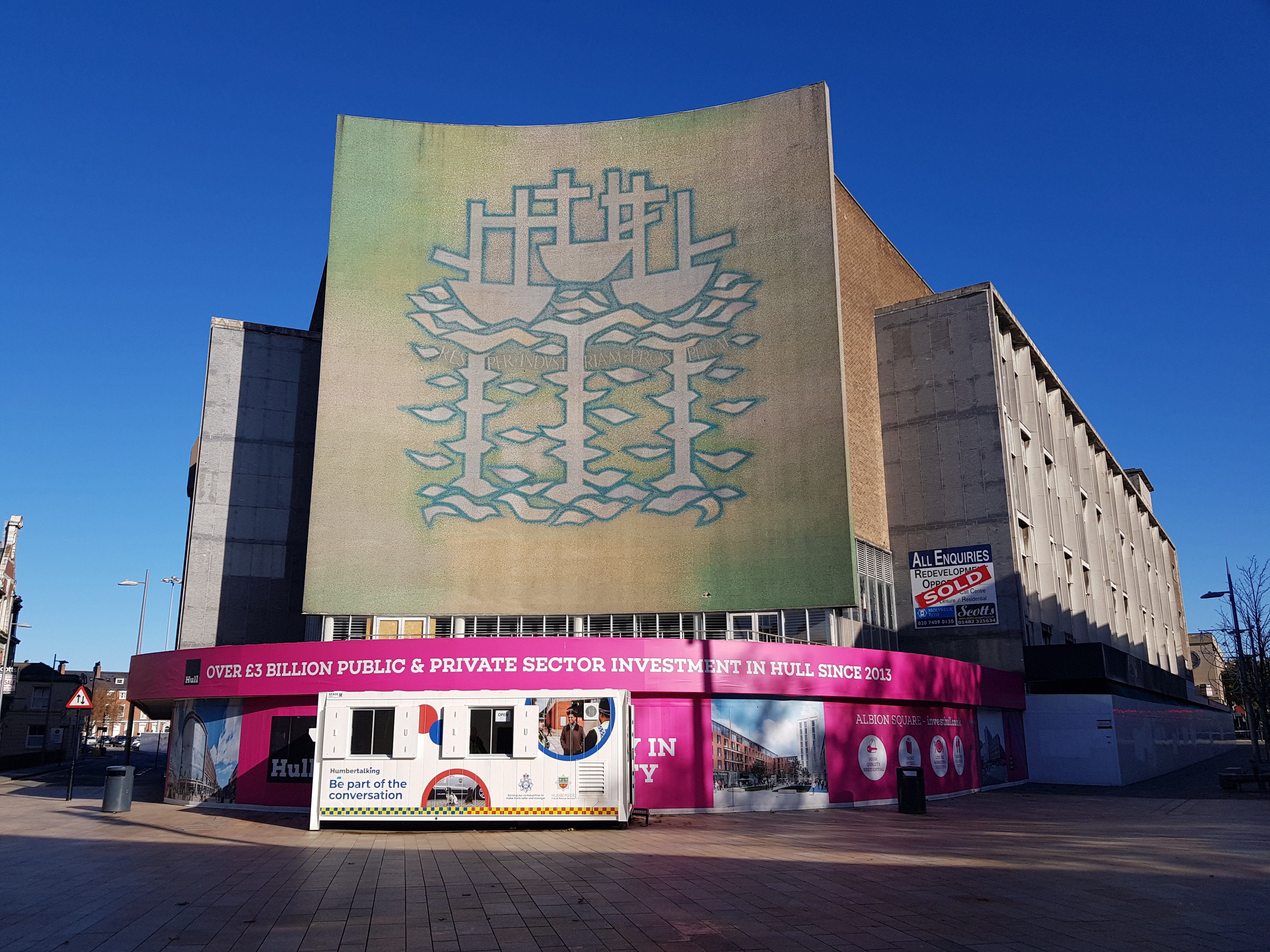Hull – A Potted History to Kingston upon Hull
And so, this is my (very) potted history to the lovely city of Hull.
Other than for some pesky raiding parties from the Vikings, there wasn’t a great deal of pre-Norman activity in what is now the city of Kingston upon Hull. But, I feel I’m friends with the city, so I’m just going to call it Hull.
The foundation of Hull was really down to the monks at Meaux Abbey. They fancied a port so that they could do some trading with mainland Europe, so they built themselves one. They called it Wyke on Hull and it was quite successful. As an aside, when the Dissolution of the Monasteries took place a few centuries later, the King had their abbey demolished and used it to strengthen Hull’s fortifications. There’s gratitude for you…
In 1278, the city was allowed to hold a fair and a market, and they’ve been holding the fair ever since. And a market come to that. Then King Edward I fancied the port town as he had an eye on attacking Scotland. So he bought it and after some consideration, he demanded that it was called King’s Town. Seems fair since he bought it, with the monks being pleased with the money that they received. The eagle eye reader will now know that King’s Town became Kingston, and then when that became too long to bother to say, it became Hull.
Hull was a forward thinker when it came to fresh water and the city authorities spent no end of money on building a fancy new system of pipes. They were very proud of that, but then the War of the Roses came along and the city ran out of money. So they dug the pipes up and flogged the lead off, but the initial idea was a good one.
The Dissolution of the Monasteries was a bit of a challenge in Hull, as many of the locals didn’t like it. Fearing that some of the church’s wealth would be stolen and sent to London, the local authorities quickly sold off what they could and spent the money on improvements to their city. Good plan.
The denizens of Hull were still a bit unconvinced by the Monarchy and this was shown in 1642 when Sir John Hotham, the city’s Governor, left King Charles I standing at the Beverley Gate. He was refused access to the city, so he tried to besiege Hull, although that didn’t work. His forces tried again the next year, under the leadership of the Earl of Newcastle. That failed too, so there was some resilience to these Hull folk.
William Wilberforce was a major player in politics during the late eighteenth and early nineteenth centuries, primarily with his campaigns to end slavery. Initially this looked like an unwinnable campaign and in 1791 he led a debate in the Commons to get Parliamentary support for his plans, but he failed by quite a majority. He battled on and in 1833, the Slavery Prohibition Act was eventually passed, with nearly 50 years of campaigning led by Wilberforce to get there. Unfortunately, he died three days before the vote took place. Irritating….
The railway came to the city in 1840, connecting Hull to Selby, and there was a brand new railway station opened in 1847. That railway station, now knowingly as Hull Paragon Interchange, is still standing, although I’d rather it was just called Hull Station to avoid confusion. But it’s a bus and coach station too, a rare piece of joined up thinking from a city.
The twentieth century saw some bad times for Hull, it was attacked by zeppelins during the First World War and then suffered economically during the great depression following the end of the conflict. But, disaster was to hit the city during the Second World War, with half of Hull’s residents ending up homeless and only around 6% of housing remained undamaged. Reporting restrictions during the war meant that the rest of the nation didn’t realise the damage that was being caused, but few other cities suffered as badly. Incidentally, there is still one building, the National Picture Theatre which was bombed and never repaired. To this day, the burnt out remains stand on Beverley Road and relatively recently a decision has been made to keep them in that state.
Patrick Abercrombie came up with a plan, alongside Edwin Lutyens, to transform Hull and this planning work was started during the Second World War. Fortunately the residents and businesses of the time rejected the plans, which shunned history and heritage to try and make way for the motor car. The city is fortunate that the plans weren’t implemented, as much of what did remain of Hull would have been lost.
More recently, Hull has been doing a bit better, although it is under some pressure financially as so many other cities also are. The city’s main church, Holy Trinity, has been transformed into a Minster and it still has the honour of being the largest parish church in the country. The city is also perhaps more respected now following its designation as the UK City of Culture, which it pulled off with some success. It has numerous free museums and a strong cultural scene, with plans announced in October 2019 for a new sector to the city, the £1.5 billion Lagoon Hull project. It’s all very exciting…




